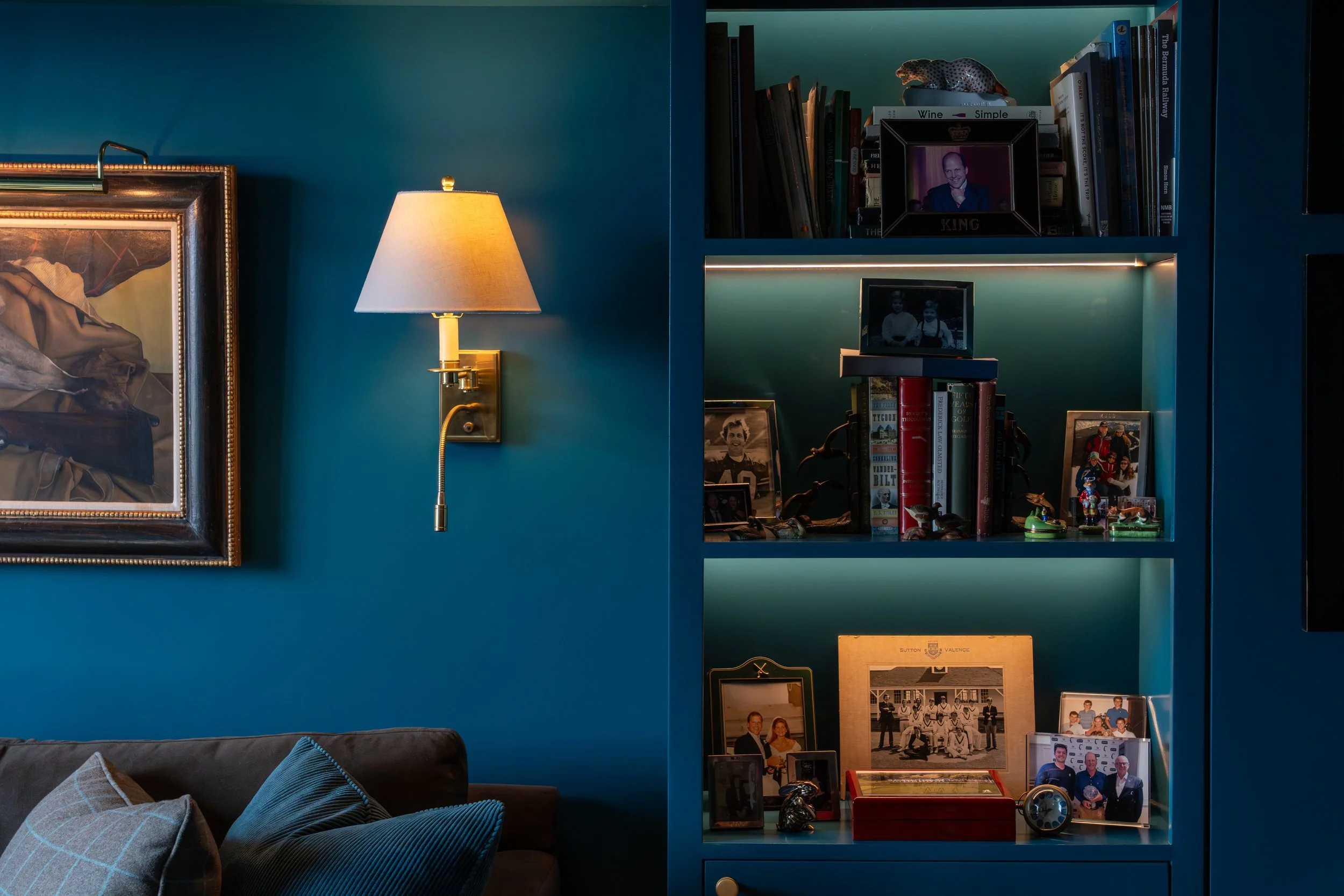How to Blend Architecture and Interior Design for a Cohesive Home
A home that feels effortlessly beautiful is not a coincidence. It’s the result of architecture and interior design working together. When these two disciplines are coordinated from the start, the result is cohesive, timeless, and functional.
Why Cohesion Matters
The layout, light, finishes, and furniture all contribute to the overall experience. When architecture and interiors are planned together, spaces feel balanced, flows are natural, and costly mistakes are avoided.
Without cohesion, you risk awkward built-ins, poorly placed furniture, or mismatched materials. A unified approach ensures that every element supports the bigger picture: your home’s story.
Start with Architecture, Then Layer Design
Architecture provides the foundation. It defines how light moves through the space, where attention naturally falls, and how rooms connect.
Once the architectural framework is in place, interior design adds warmth, texture, and personality. The architecture sets the posture, and the interior design adds expression.
The Advantage of an Architect Who Understands Interior Design
When an architect understands both architecture and interior design, every decision is part of a single, cohesive vision. This approach not only ensures a beautifully polished home but also saves time, avoids costly mistakes, and reduces stress throughout the renovation process.
From the placement of light fixtures to the choice of finishes and materials, every detail is carefully coordinated to create a space that feels balanced and intentional.
Small Details, Big Impact
It’s often the subtle things that create harmony:
Custom Bookshelves
A well-designed bookshelf does more than hold books. When aligned perfectly with windows, moldings, or architectural lines, it feels like a natural extension of the space rather than an afterthought. Custom shelving can also incorporate hidden storage, built-in lighting, or design elements that echo the room’s overall style, creating a seamless connection between architecture and interiors.
Consistent Materials
Using the same materials across different rooms —whether stone, wood, metal finishes, or tile —creates a cohesive visual flow throughout the home. This doesn’t mean every surface looks identical, but thoughtful repetition of textures, tones, and colors ties spaces together and makes transitions feel intentional rather than jarring.
Integrated Lighting
Lighting is often overlooked, but it’s essential for both function and mood. When lighting is integrated into millwork, shelving, or architectural details, it highlights the design without drawing attention to itself. Layered lighting, combining task, ambient, and accent, ensures every corner of a room feels intentional, balanced, and welcoming.
Even though these details may be subtle, they are what make a home feel polished, balanced, and thoughtfully composed. When architecture and interior design are considered together, these small touches multiply their impact, transforming everyday spaces into ones that feel effortless and timeless.
Timeless Design Over Trends
Cohesion is not about following trends. It’s about restraint, balance, and creating a space that feels personal yet enduring. Thoughtfully composed spaces age gracefully, remaining functional and beautiful for years to come.
Bringing It All Together
Whether it’s a Manhattan apartment or a house upstate, blending architecture and interior design ensures that your home looks as good as it feels.
For examples of cohesive home design or guidance on renovating with a unified vision, explore my guide:
👉 The 7 Most Costly Mistakes When Renovating High-End Apartments in Manhattan (and How to Avoid Them)




